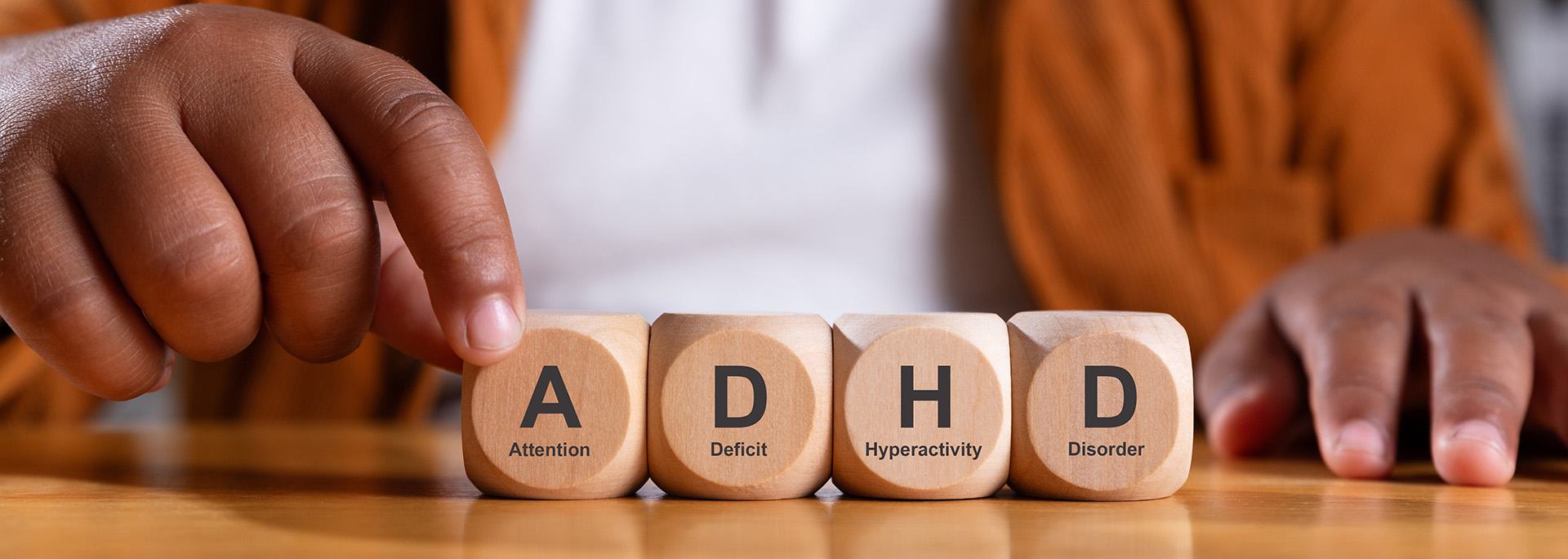
What are the differences between ADD and ADHD?
If you or your child struggles with focus, forgetfulness, or restlessness, you may have come across the terms ADD and ADHD. While these terms are often used interchangeably, understanding the difference between ADD and ADHD can help you make sense of symptoms and find the right support.
What was once called ADD is now recognized as a type of ADHD
ADD stands for Attention Deficit Disorder. It was once used to describe individuals who had trouble focusing but didn’t show signs of hyperactivity. However, in 1987, the medical community updated the terminology. Today, the official diagnosis is ADHD—Attention Deficit Hyperactivity Disorder—even if hyperactivity isn’t present.
So, while ADD is no longer a clinical term, many people still use it to describe what is now known as the inattentive presentation of ADHD.
The Three Presentations of ADHD
ADHD is a neurodevelopmental condition that affects attention, self-regulation, and executive functioning. It presents in three ways:
1. Inattentive Presentation (formerly called ADD)
This type includes symptoms like:
- Difficulty focusing or staying on task
- Being easily distracted or forgetful
- Trouble following instructions or completing tasks
- Appearing to daydream or “zone out”
People with this type are often overlooked because they’re not disruptive. This is especially true for girls and adults, who may go undiagnosed for years.
2. Hyperactive-Impulsive Presentation
This type includes:
- Fidgeting or constant movement
- Talking excessively or interrupting others
- Acting without thinking or taking risks
- Trouble waiting their turn
These behaviors are more noticeable, especially in children, and often lead to earlier diagnoses.
3. Combined Presentation
This is the most common type and includes symptoms of both inattention and hyperactivity/impulsivity.
Why the Language Matters
Understanding that ADD is now considered a type of ADHD helps clarify the diagnosis process. It also ensures that individuals with inattentive symptoms—who may not be hyperactive—still receive the support they need.
At the Center for Attention Deficit and Learning Disorders, we often hear from parents who say, “My child isn’t hyper, but they can’t focus.” Or from adults who wonder, “Could I have ADD even though I’m not bouncing off the walls?” The answer is yes—ADHD looks different for everyone.
What to Do If You Suspect ADHD
Whether you’re a parent concerned about your child’s school performance or an adult seeking clarity about lifelong struggles with focus, the first step is a thorough evaluation. We offer comprehensive assessments that look beyond labels to understand your unique challenges and strengths.
We also specialize in drug-free ADHD treatment options, including neurofeedback, cognitive training, and personalized coaching. Our goal is to help you or your child thrive—without a one-size-fits-all approach.
Ready to learn more or schedule an assessment?
We’re here to help you find answers and a path forward that fits your life.